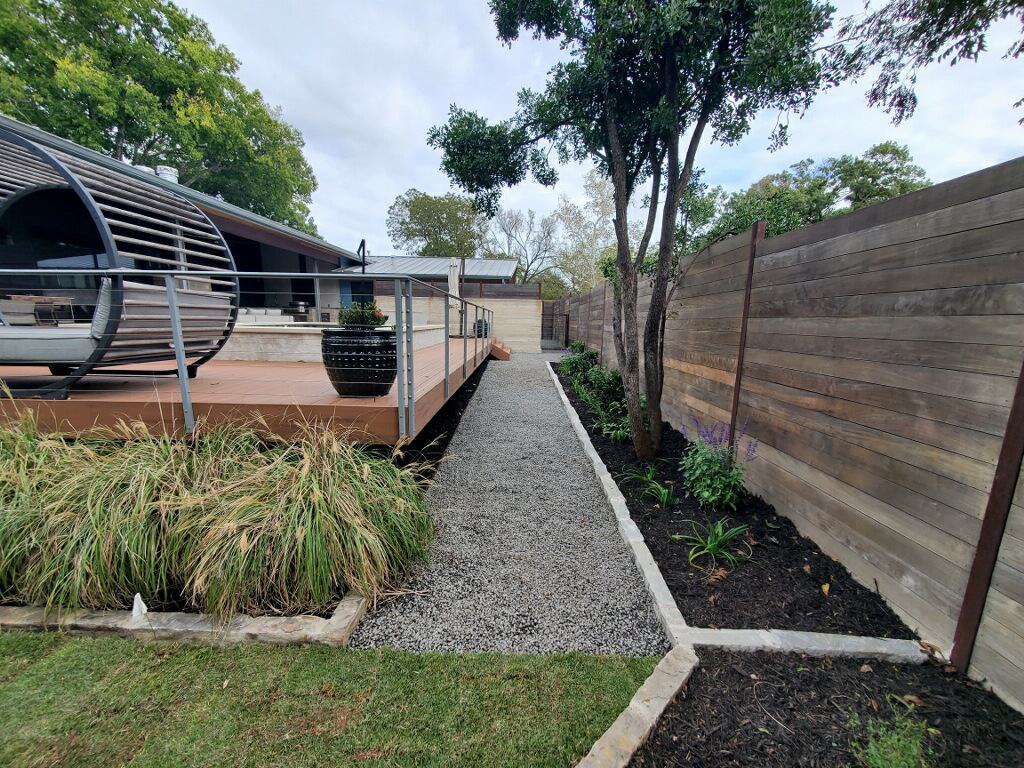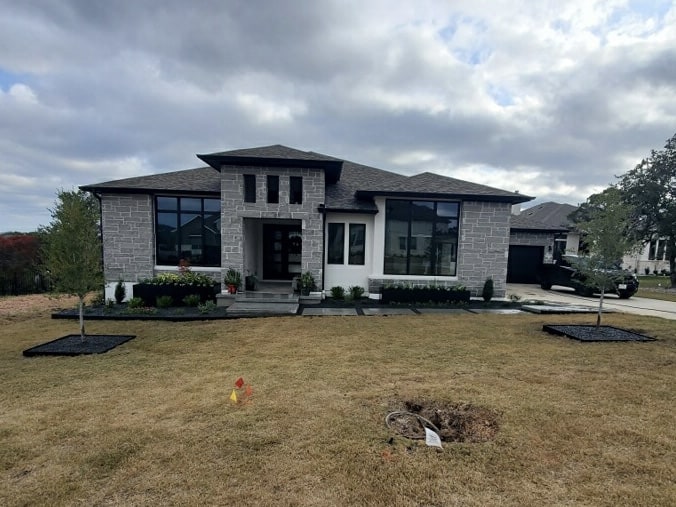Designing and managing a big landscape requires a systematic and holistic lawn care approach. You must encompass diverse elements, from aesthetics to functionality, ecology and infrastructure. Master planning for massive properties is a complex endeavor demanding careful consideration of zoning, circulation, and community standards. Let's examine the multifaceted process of creating cohesive and sustainable master plans that harmonize with the grand scale of their surroundings. Understand the scope and vision, designate functional areas, and ensure accessibility with a comprehensive strategy.
The Scope and Scale of a Big Landscape Design
Master planning for a big landscape means developing a profound understanding of the project's size and scale. You must have a vision or hire landscape designers to create one. Whether landscaping a ball field, university campus, corporate estate, or public park, the concept sets the tone. Share your philosophy and love of nature with guided decisions throughout the process. Experts will consider multiple variables when designing a new landscape or maintaining an existing one. They will explore zoning and permit requirements and then determine how to integrate pathways, utilities, and transportation systems. Experienced teams will also look at sustainability concerns, accessibility issues, and spatial arrangements for optimal aesthetics and functionality. Discuss the scope and scale of landscaping large properties with a local professional. They will understand the community’s requirements and help develop a distinctive lawn that complies with regional ordinances. Their help also ensures your yard serves its intended purpose without causing unnecessary expenses.
Step-By-Step Master Plan for a Big Landscape
Austin landscapers use a disciplined approach to design and maintain vast territories. They usually separate properties into different functional zones before deciding on plant species, hardscaped elements, and irrigation. Many will base designs, inspections, and other lawn care services on local weather patterns, plant growth, and these crucial factors:- Building code regulations and permit requirements
- Integration with existing structures and future designs
- Creating accessible circulation with strategic pathways
- Balancing preservation and sustainability with style and affordability
Step One: Engage the Community and Stakeholders
Master planning involves collaboration with the people in charge of the property. Discuss ideas and issues with stakeholders, local authorities, affiliated organizations, and potential users. Use open communication to collaborate with concerned parties and develop an approach that works for everybody.Step Two: Determine Spatial Aesthetics
Spatial arrangements are essential in landscape design and infrastructure integration. Placing or replacing flowerbeds, mulch, and landscape lighting should not interfere with the overall purpose of the property. It also shouldn’t cause issues with circulation and accessibility for users but should complement the natural landscape.Step Three: Ensure Long-Term Growth and Flexibility
Your new plants will grow, and your old plants will need trimming. Include routine maintenance in your big landscape master plan. Hire local professionals for regular lawn treatments to kill weeds, repel pests, and protect the ecosystem while ensuring optimal aesthetics and functionality.Sustainable Design Principles
Ensuring the long-term growth of a big landscape can be tricky, mainly when concerned about sustainability. These energy-efficient principles should help:
- Select materials that help reduce your carbon footprint.
- Use water conservation measures with irrigation and system repairs.
- Consider renewable sources of energy, water, and lighting.
- Choose plants for their visual appeal and climate resilience.
- Include flood, drought, and storm mitigation techniques.
- Consult stakeholders and the public for an intuitive design.
- Respect the local heritage with a compassionate landscape.
- Create a holistic budget and phasing plan for large-scale projects.
- Comply with local regulations, zoning codes, and environmental guidelines.
- Monitor soil health and plant growth to adapt strategies as needed.
- Gather user feedback to improve future concepts.
- Discuss your concerns with local professionals for a customized approach.
- Ask questions to determine the best plan.

